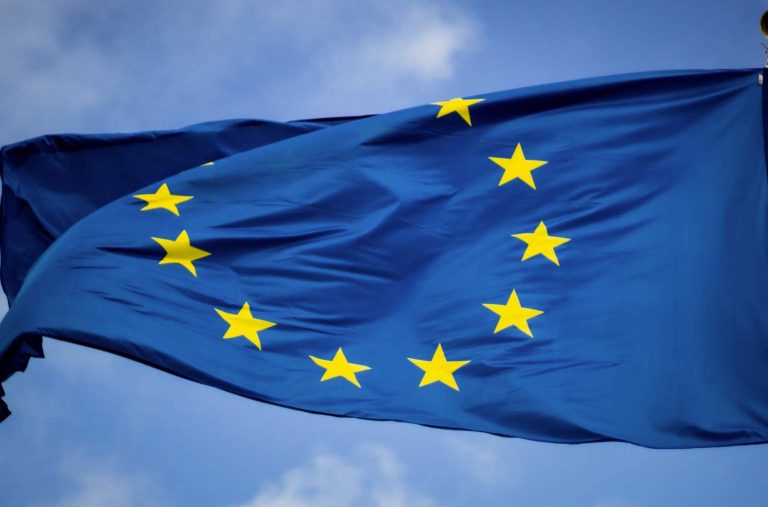
Morning Brief – Borderline
The best way to solve a problem in politics, almost without exception, is to present the simplest form of the idea possible to maximise the expectation of success that each voter carries. What’s not a particularly grand idea in most scenarios, and certainly not when attempting to do something quickly, is to redefine millennia-old suppositions. Queue Johnson…
We know that it’s unacceptable to the United Kingdom and the European Union for there to exist a hard border between Northern Ireland and the Republic of Ireland. But it looks like Boris is sailing pretty close to the wind when interpreting this negotiating redline set out years ago. As the devolved head of Brexit negotiations for the European Union, Michel Barnier will not be able to accept anything in violation of the mandate offered to him by the European Council. So it will come down to the interpretation of Boris’ solution that is internalised in Brussels.
What is a border to you? A line in the sand; a cultural divide; a linguistic divide; a military line; all of the above or something different entirely? Whatever your ideological interpretation, what does it look like? Physically imposing; seemingly invisible; 1 inch thick or 100 miles deep? The principle of a borderline is what Johnson is, consciously or not, bringing into the debate. As reported by the Irish broadcaster RTE last night, the Prime Minister is looking for goods checks away from the legal border between the UK and Ireland thereby avoiding a ‘hard’ border that would violate several Parliamentary agreements. However, that same broadcaster, seemingly correct in their observations that Boris is ready to present his deal to Parliament and the EU, also reported that Boris’ vision for the checks are stations scattered about 10 miles from the geographical divide.
The danger then is of creating a kind of no-man’s land, a rhetorical hive of unlawful customs in a strip between the check-line and the legal border. Moving the border 10 miles down the road is not a way to solve the border problem and the EU will be staunchly opposed to this. Hopefully, murmurs coming from Westminster in the early hours of this morning are correct – these rumours suggest the PM is thinking of introducing point of delivery customs checks instead. The benefits and drawbacks of taking no-deal off the table seem balanced today: it unfortunately takes no-deal off the table for EU negotiations but it does prevent the so-called Tory Spartans from believing they can do better this time around. More than three years of Brexit negotiations are coming to a peak this week as the plans are unveiled and Johnson is in the driving seat: buckle up! The Pound has opened approximately in line with its Friday close reflecting investors’ reservations about Johnson’s supposed plan. Expect choppy trading this week and serious upside momentum upon any indications that the EU is amenable to the hide-and-seek border.
Discussion and Analysis by Charles Porter

Click Here to Subscribe to the SGM-FX Newsletter
Related Insights

Daily Brief – POTUS in Kingdom of Saudi Arabia
POTUS in Kingdom of Saudi Arabia As one of POTUS’ travelling companions on this week’s visit, Larry Fink of Blackrock represents everything that a US President might want to burnish his credentials in the desert kingdom: head of the largest asset manager on the planet, hugely influential and totally credible. Just a shame that he […]

Daily Brief – UK Borrowing
UK Borrowing Another one for the pub quiz in case it comes up: UK government borrowing stands at £2.8 trillion or £2800 billion. While you digest that number over the chicken in the basket if indeed you are already in the pub, it will have increased by the time you get to the end of this […]

Daily Brief – The Art of the Deal
The Art of the Deal Today the UK Prime Minister will be announcing the fruits of his weekend labours after meeting the EU not as an accredited delegate but in a side session on the fringes of the EU Summit in Albania. What was on the table? Youth mobility, which is pol speak for 24-30 […]



 Humphrey Percy
Humphrey Percy